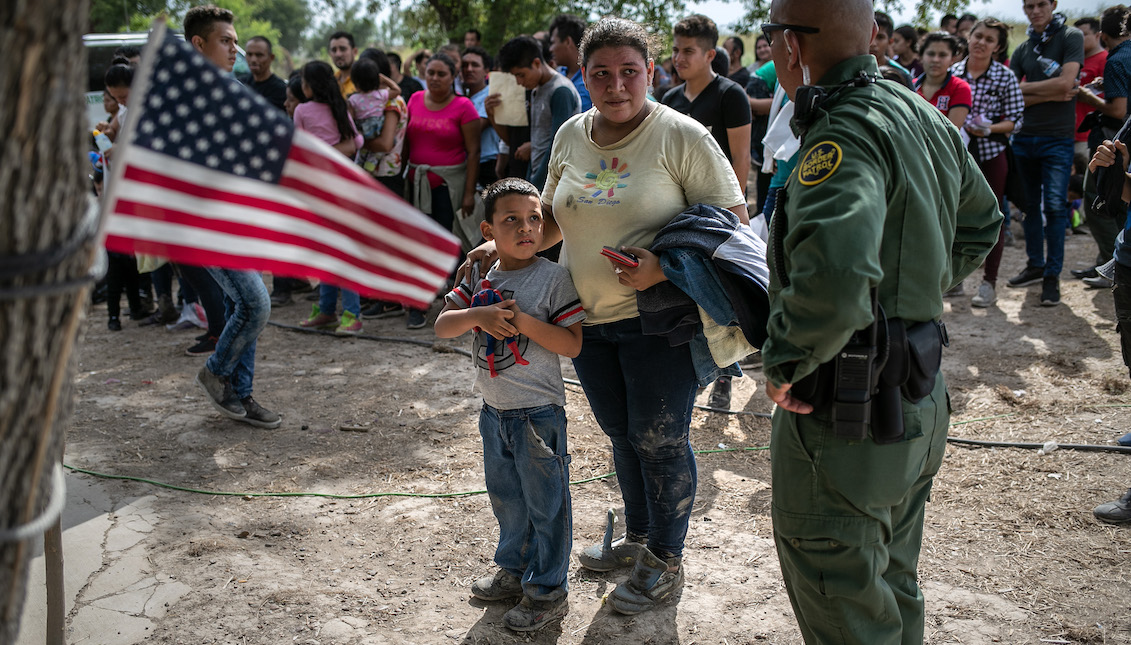
The effect of the asylum ban: when a court date may not help
Despite having been promised that waiting in Mexico for their court date could guarantee asylum in the United States, hundreds of immigrants are now facing…
Thousands of migrants who agreed to wait in Mexico for their court dates in the United States are now in a legal vacuum created by the sudden immigration policies of the Trump Administration.
The series of administrative decisions – forcing migrants to wait on the other side of the border and the following asylum ban - left thousands of people worried about their options while waiting for the appointment to appear before the judge.
As ProPublica explained, despite promises by the Trump Administration that asylum seekers who were waiting for a hearing in Mexico would not be subject to the new ban, immigration officials "have not received instructions to exempt" these people.
Three lawyers representing asylum seekers told the nonprofit newsroom "immigration judge Nathan Herbert in El Paso, Texas, ordered has them to submit briefs explaining why their clients should be eligible for asylum despite the regulation."
Apparently, ICE "it’s still trying to interpret the regulation itself."
Similarly, several asylum seekers who don’t have legal representation and are awaiting the resolution of their hearings are being held in Customs and Border Protection detention centers while prosecutors "debate their eligibility for asylum."
These detained immigrants add up to the high numbers of detainees by the customs immigration agency, which currently represents the highest peak in twelve years.
RELATED CONTENT
Only recently, the Administration's new anti-immigrant strategy – the so-called "Migrant Protection Protocols” - was followed by the establishment of improvised courts in tents along the border, where hundreds of thousands of immigrants attend judicial "hearings" through video call and, frequently, without the company of legal advisors.
Once questioned by the judge, immigrants are sent back to the Mexican side of the border to await the resolution of their hearing.
The problem now is that this transit is considered by immigration agents as "re-entering the country", which is not explicitly stated in the regulation text and suggests that, even if immigrants may or may not have a favorable response, they are not authorized to go back to the United States.
Although the Department of Homeland Security (DHS) issued a statement saying that the regulation would not apply to those awaiting resolution, the reality is very different.
"We are considering the initial encounter as the operative date for purposes of the regulation," a DHS official told reporters. "Subsequent entries for immigration court hearings are not entries."
However, and so far, there is no consensus between government offices and officials, which leaves again thousands of immigrants on the other side of the border in limbo.











LEAVE A COMMENT: